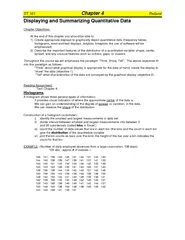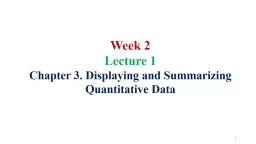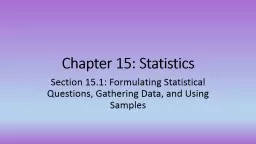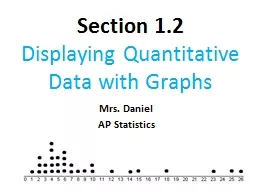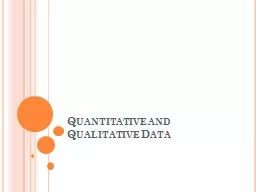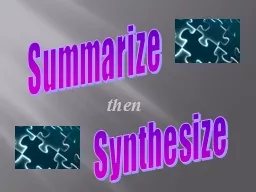PPT-Chapter 3: Displaying and Summarizing Quantitative Data
Author : tawny-fly | Published Date : 2017-10-03
Part 1 Pg 4353 When dealing with a large data set it is best to summarize make a picture note we do not use bar graphs or circle graphs for quantitative data
Presentation Embed Code
Download Presentation
Download Presentation The PPT/PDF document "Chapter 3: Displaying and Summarizing Qu..." is the property of its rightful owner. Permission is granted to download and print the materials on this website for personal, non-commercial use only, and to display it on your personal computer provided you do not modify the materials and that you retain all copyright notices contained in the materials. By downloading content from our website, you accept the terms of this agreement.
Chapter 3: Displaying and Summarizing Quantitative Data: Transcript
Download Rules Of Document
"Chapter 3: Displaying and Summarizing Quantitative Data"The content belongs to its owner. You may download and print it for personal use, without modification, and keep all copyright notices. By downloading, you agree to these terms.
Related Documents


